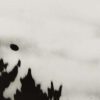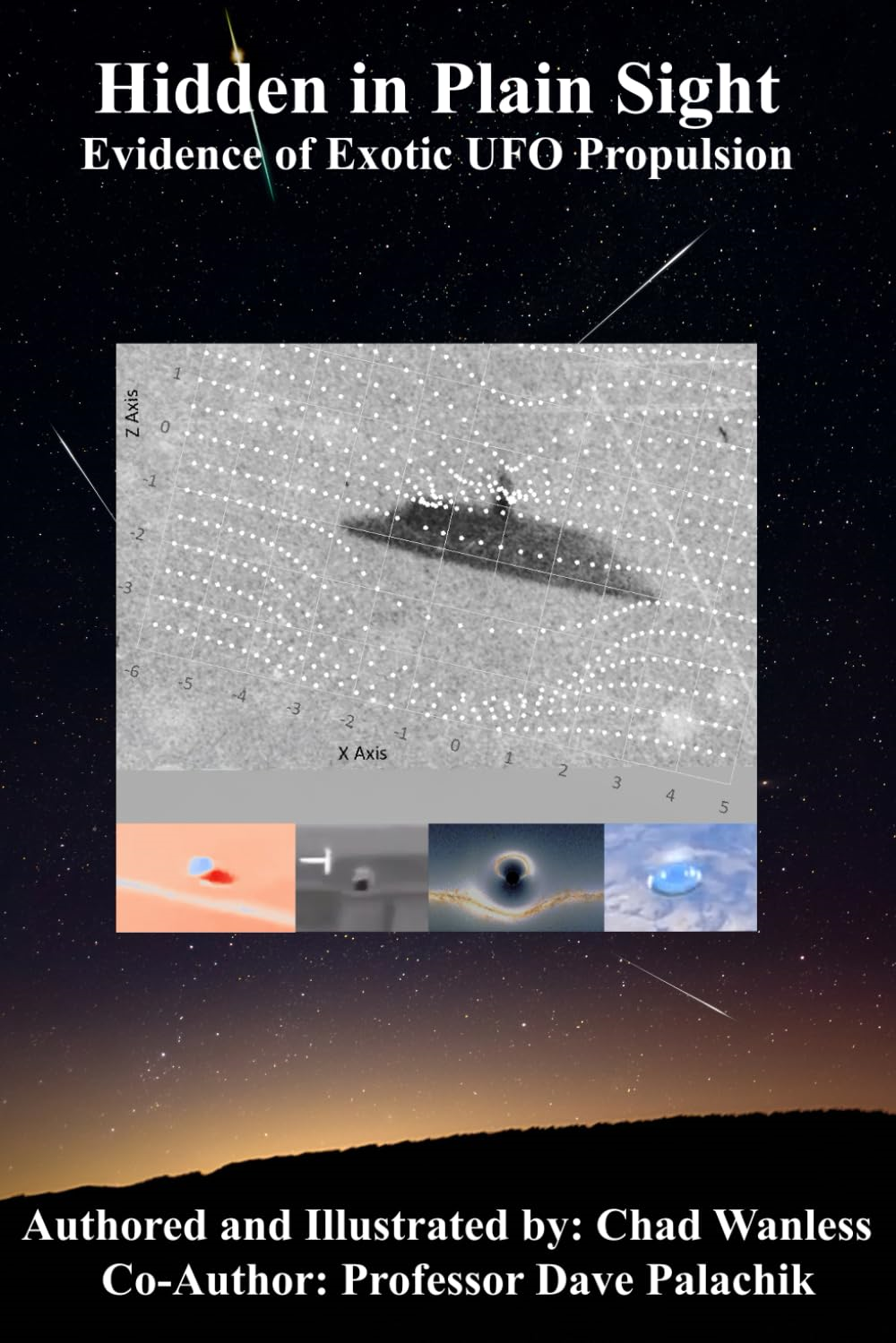NASA found a bunch more potentially habitable planets0
- From Around the Web, Space
- June 20, 2017
But our days of massive exoplanet dumps may be numbered.
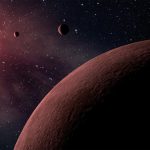
But our days of massive exoplanet dumps may be numbered.

Invisible channels offer optical collusion.
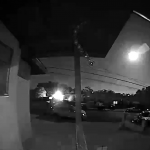
Residents in San Diego were treated to a surprise light show on the Monday night of April 11th.
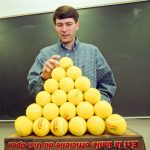
An international team of mathematicians led by University of Pittsburgh Professor Thomas Hales has delivered a formal proof of the Kepler conjecture, a famous problem in discrete geometry. The team’s paper is published in the journal Forum of Mathematics, Pi.
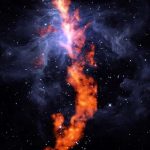
Astronomers have released an image of a vast filament of star-forming gas, 1200 light-years away, in the stellar nursery of the Orion Nebula.
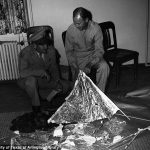
Conspiracy theorists claim a blurry letter seen in a picture could be the key to solving the Roswell UFO mystery.
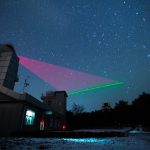
Quantum satellite Micius has sent entangled photons to ground stations on Earth

To win the war against antibiotic resistant super bugs, scientists seek to find the origin of resistance genes. Further, they try to identify how the genes are introduced to disease-causing bacteria — so-called pathogens. Identifying where resistance genes come from and how they spread somewhat compares to finding patient zero in an outbreak, which is not an easy task.
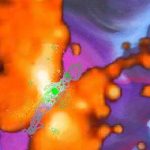
An international team of astronomers, led by Dutch scientists, has discovered a region in our Milky Way that contains many nitrogen compounds in the southeast of a butterfly-shaped star formation disk and very little in the north-west.
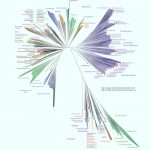
In 1859, Charles Darwin included a novel tree of life in his book ‘On the Origin of Species.’ Now, a Rutgers University-led research team wants to reshape Darwin’s tree. The authors discuss their proposal in a paper published online in the journal Trends in Ecology and Evolution.
